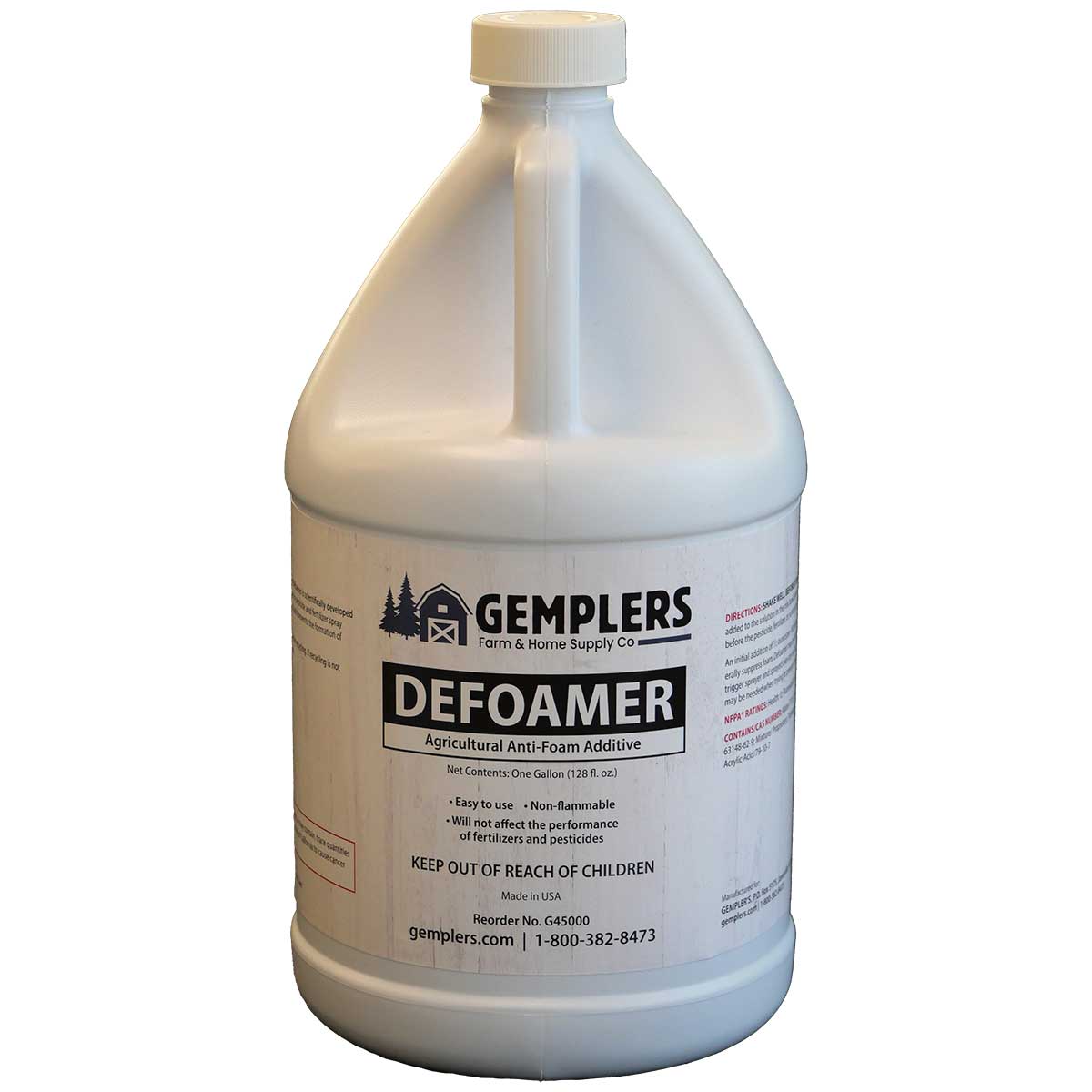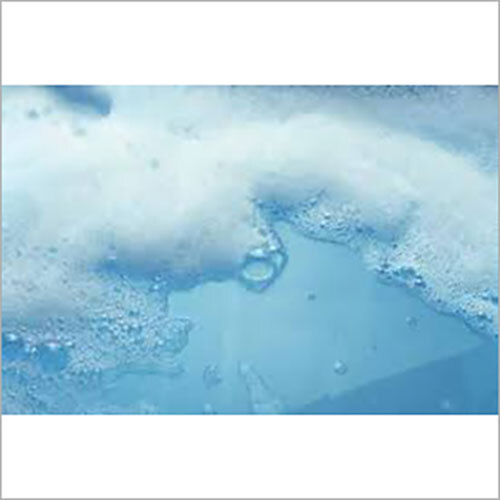The Science Behind Defoamers and Their Role in Foam Control
The Science Behind Defoamers and Their Role in Foam Control
Blog Article
The Function of Defoamers in Enhancing Product High Quality and Performance
In numerous manufacturing processes, the visibility of foam can considerably impede item quality and functional performance. Defoamers offer as essential additives that minimize this concern, guaranteeing smoother production workflows while improving the practical and aesthetic characteristics of the last products (defoamers). Their application spans a wide range of industries, from food and drink to pharmaceuticals, where consistency and dependability are vital. The selection of the proper defoamer can be critical to accomplishing optimum results, increasing vital concerns concerning solution compatibility and performance metrics that merit additional expedition.
Understanding Defoamers
Recognizing the function of defoamers is important for preserving product quality across different markets. Defoamers are chemical ingredients developed to reduce and stop the development of foam in liquid systems, which can adversely impact processes such as blending, filling up, and surface stress. Frothing can result in inefficiencies, item issues, and endangered visual allure, making defoamers an important element in manufacturing operations.
In commercial applications, defoamers aid to improve product consistency and security. The reliable usage of defoamers not just ensures smoother production procedures however likewise adds to exceptional product performance.
Furthermore, the choice and formulation of a defoamer have to align with certain application requirements, such as compatibility with other ingredients, performance under varying temperature and pH problems, and prospective regulative constraints. Ultimately, understanding defoamers' features and their significance in various solutions is important for enhancing manufacturing and making certain the best final product.
Sorts Of Defoamers
Defoamers can be classified right into numerous kinds based on their structure and device of activity. The key types consist of silicone-based, non-silicone organic, and not natural defoamers.
Silicone-based defoamers are among the most reliable, largely as a result of their capability to spread swiftly on the liquid surface and interfere with foam development. Their unique chemical structure enables exceptional stability, making them suitable for high-temperature applications and atmospheres with differing pH degrees.
Non-silicone organic defoamers, typically composed of fatty acids or all-natural oils, are valued for their biodegradability and lower toxicity. These are typically used in food and drink applications where safety and environmental influence are paramount.
Inorganic defoamers, that include materials like talc or calcium carbonate, act by boosting the thickness of the liquid, thus reducing foam security. They are often used in industrial processes where compatibility with other materials is not a worry.
Each kind of defoamer has distinctive benefits and restrictions, permitting for customized services depending on the specific frothing issues encountered in numerous applications. Recognizing these differences is critical for enhancing efficiency and attaining preferred product quality.
Applications Across Industries
Numerous industries take advantage of defoamers to boost product high quality and functional efficiency. In the food and beverage industry, defoamers are crucial in procedures such as developing and milk production to avoid foam development, which can result in ineffectiveness and product disparity. By regulating foam, suppliers can make certain better yield and a much more uniform item.
In the pharmaceutical industry, defoamers play a crucial function in the solution of fluid drugs, where excessive foam can hinder blending and precise dosing. Their usage helps keep the integrity of the formulations and promotes smoother production processes.
The paint and coverings sector also relies upon defoamers to enhance the efficiency of products during application. By minimizing foam, these ingredients guarantee a smoother coating and enhance the visual qualities of the final item.

Benefits of Utilizing Defoamers
While the application of defoamers differs across sectors, their benefits regularly enhance item high quality and process performance. One considerable advantage is the decrease of foam formation throughout manufacturing procedures, which can otherwise bring about production hold-ups and disparities in product quality. By lessening foam, defoamers make it possible for a more tips here smoother circulation of products, helping with much more reliable operations and decreasing the chance of equipment breakdowns.
Additionally, the use of defoamers can improve the look and texture of final products. In markets such as coverings, paints, and food processing, excessive foam can endanger the aesthetic aesthetics and total top quality, while the suitable defoamer application ensures a consistent finish and desirable qualities. Defoamers can contribute to cost savings by reducing waste throughout production and maximizing the use of raw products.

Picking the Right Defoamer
Choosing the ideal defoamer is essential for enhancing manufacturing procedures and ensuring product top quality. The selection of defoamer affects not just the efficiency of foam control yet additionally the total performance features of the last product. Aspects to consider include the kind of application, the chemistry of the solution, and the ecological problems under which the product will be utilized.
Different markets may require particular defoamer kinds, such as silicone-based, natural, or polymeric defoamers. Understanding the compatibility of the defoamer with the main components is vital to prevent negative responses that could compromise product honesty. Additionally, the defoamer's performance in various temperature levels and pH levels have to be assessed to make sure regular performance.
Testing the defoamer in small-scale applications can supply important understandings into its efficiency and suitability. Consideration of governing conformity, especially in food, pharmaceuticals, and cosmetics, is extremely important in picking a defoamer. Inevitably, a detailed assessment of these aspects will certainly result in the choice of a defoamer that not just controls foam successfully yet also improves the top quality and efficiency of the end product.
Verdict

To conclude, defoamers are necessary additives that considerably improve item high quality and performance throughout various sectors. By effectively minimizing foam formation, these agents not only enhance operational performance however likewise add to the visual and functional stability of products. The tactical choice and application of defoamers result in you could try these out set you back financial savings, enhanced source use, and boosted client fulfillment. Overall, the significance of defoamers in commercial processes can not be overstated, as they play a vital function in achieving regular and premium end results.
Lathering can lead to inadequacies, product defects, and endangered aesthetic allure, making defoamers a critical part in manufacturing procedures.

Report this page